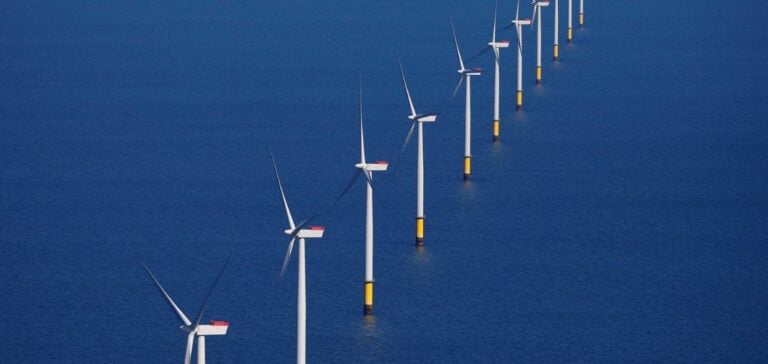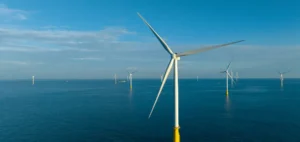The renewable energy sector takes another step forward with the launch of the Southern Akita Floating Offshore Wind Demonstration Project by Marubeni Corporation and its subsidiary Marubeni Offshore Wind Development Corporation (MOWD). This project, supported by the New Energy and Industrial Technology Development Organization (NEDO), aims to reduce the costs of floating offshore wind power and facilitate its international adoption. Japan, meanwhile, has been stepping up offshore wind power development in recent years.
The MOWD-led consortium includes Akita Floating Offshore Wind Corporation, Tohoku Electric Power Co, Inc, Japan Marine United Corporation, TOA CORPORATION, TOKYO SEIKO ROPE MFG. CO, LTD, Kanden Plant Corporation, JFE Engineering Corporation, and NAKANIHON AIR Co, Ltd. Together, they plan to install two wind turbines of over 15 MW each, located at a depth of around 400 meters off the southern coast of Akita Prefecture.
Challenges and Opportunities of Floating Offshore Wind Energy
Floating offshore wind power is seen as a promising solution for increasing energy production capacity while reducing costs in the long term, as envisaged by Patten Energy’s project to develop offshore wind power in Japan. Unlike fixed wind turbines, floating structures can be installed in deeper and wider marine areas, offering greater flexibility and higher energy production potential. This project in Akita represents a crucial step towards commercializing this technology at competitive costs on an international scale by 2030.
Marubeni’s participation in this project is part of a broader strategy to develop floating offshore wind energy. Marubeni is already involved in demonstration projects in Fukushima and Kitakyushu, and has secured seabed leasing rights in Scotland for a similar project. These initiatives aim to build a robust supply chain and accelerate the adoption of floating wind power.
Economic impact and future prospects
The project should not only reduce energy production costs, but also stimulate the local economy by creating jobs and developing specialized skills. The project is scheduled to enter commercial operation in autumn 2029, with deployment scheduled from July 2024 to March 2031.
The collaboration between various industrial partners and NEDO’s ongoing support illustrate Japan’s commitment to innovation in the field of renewable energies. The ultimate goal is to develop technologies that are competitive on the world market, strengthening Japan’s position as a leader in the renewable energy sector.





















